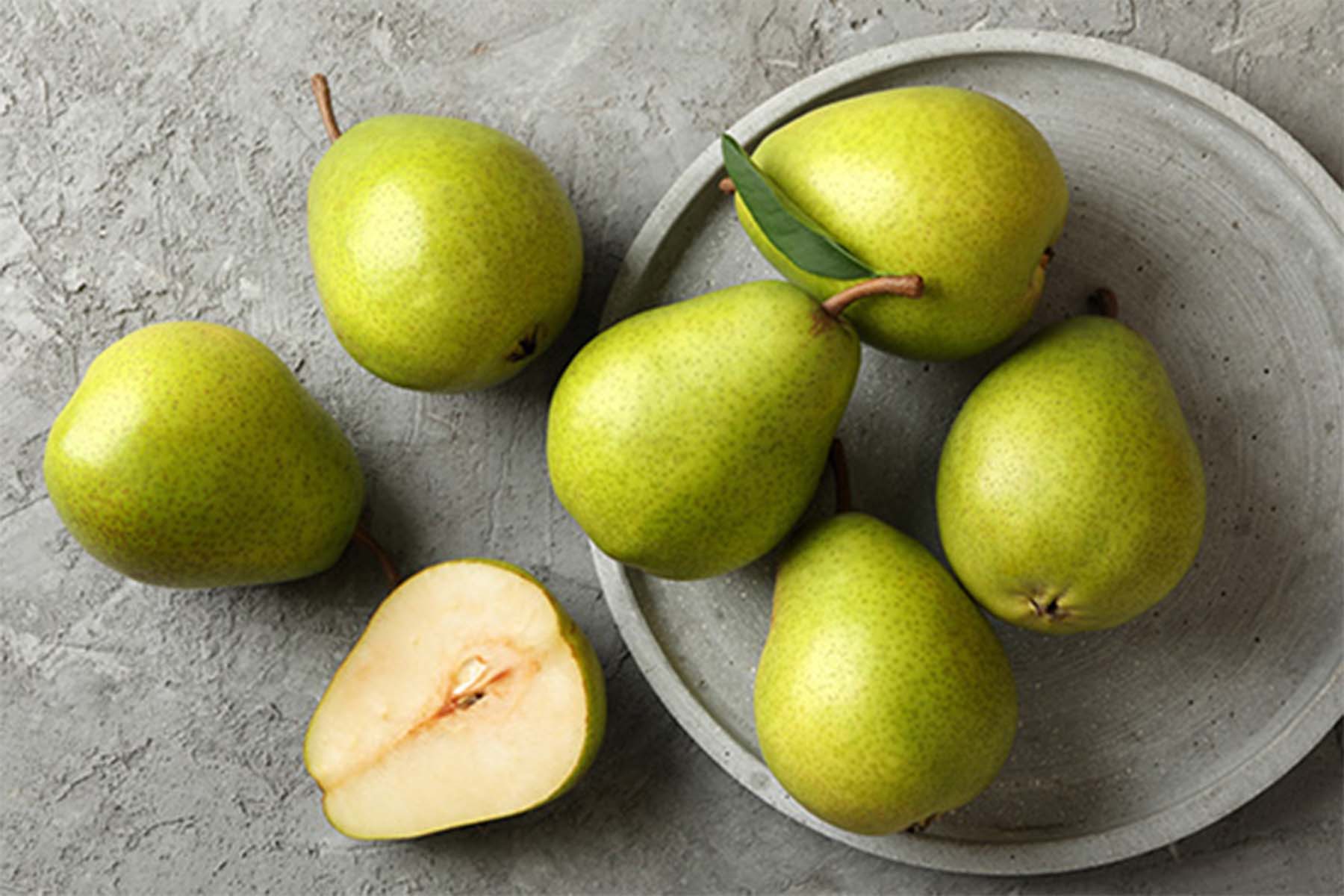3 surprising green foods that pack a nutritional punch + delicious recipes to enjoy

There is a reason why your doctor wants you to “eat your greens.”Green fruits and vegetables are often high in folate, potassium, vitamins A and C and fiber. You should try to eat produce of every color so that you get a mix of all the nutrients your body needs. Here, we are focusing on the benefits of green produce and the tasty ways you can enjoy them.
We know green foods like spinach and kale are nutritious. But here are three healthy green fruits and vegetables that may surprise you with their vitamin and mineral offerings.
Avocados
Yes, avocados are high in fat. But, did you know they are mostly made up of good, heart-healthy fats? In fact, a recent study found that eating an avocado every day may lower cholesterol levels. The green fruit is also rich in fiber. There are about 5 grams per serving (one-third of the fruit). Plus, they are rich in nutrients like folate, potassium and B vitamins.
Tex-Mex tofu scramble
Makes 1 serving | Prep: 10min | Cook: 7min
Ingredients
- 3 oz extra-firm tofu, pressed to remove excess water
- ⅛ tsp turmeric
- 1 tsp olive oil
- 1 tsp chili powder
- 2 green onions, chopped
- 1 cup shredded zucchini
- Salt and pepper, to taste
- 3 Tbsp prepared guacamole
- 2 Tbsp chopped fresh cilantro
- 10 whole grain tortilla chips
Preparation
- In a bowl, mash tofu and turmeric with a fork until it resembles scrambled-egg texture (tofu will turn an egg-like yellow hue).
- In skillet over medium heat, sauté chili powder and onion in oil for 2 minutes. Add tofu mixture and zucchini and cook another 5 minutes. Season with salt and pepper.
- Top scramble with guacamole and cilantro. Serve with tortilla chips.
Nutrition
Calories: 384 | total fat: 26 g | saturated fat: 3 g | sodium: 302 mg | cholesterol: 0 mg | total carbohydrates: 34 g | fiber: 9 g | sugars: 8 g | protein: 14 g | potassium: 623 mg
Pears
Pears are often green in color, but pears of all colors are rich in nutrients. One pear has just 100 calories. And yet, it still packs in 6 grams of fiber, along with vitamin C, potassium and magnesium. Potassium helps the body get rid of salt, making pears a great treat for those with high blood pressure.
Pear & swiss quesadilla
Makes 1 serving | Prep: 5 min | Cook: 1 min
Ingredients
- 1 8-inchwhole grain tortilla
- 1 pear, thinly sliced
- 2 slices reduced-fat Swiss cheese
Preparation
- Place pear slices and Swiss cheese on top of the tortilla, roll up, and microwave 15-30 seconds, or until cheese melts.
Nutrition
Calories: 386 | total fat: 9 g | saturated fat: 5 g | sodium: 418 mg | cholesterol: 20 mg | total carbohydrates: 56 g | fiber: 11 g | sugars: 20 g | protein: 22 g | potassium: 161mg
Serve with 1-2 cups of your choice of vegetable or select a side to help complete a balanced meal.
Edamame
Edamame are actually soybeans. You can often find them in the freezer section at the grocery stores. Sometimes they’re still in their pods or shell. Other times you’ll find just the bean with the shell removed. Edamame is a great source of plant-based protein. One cup of soybeans has 18 grams along with 8 grams of fiber. The best part? They’re super simple to prepare. Try them in this tasty rice bowl.
Edamame & broccoli rice bowl
Makes 1 serving | Prep: 5 min | Cook: 10 min
Ingredients
- 1 Tbsp chunky natural peanut butter
- 2 Tbsp 100% pineapple juice
- 1 Tbsp water
- 1 tsp low-sodium soy sauce
- 2 cups broccoli florets
- ½ cup shelled edamame
- ½ cup cooked brown rice
Preparation
- Whisk together peanut butter, pineapple juice, water and soy sauce. Toss with broccoli florets and edamame, then sauté for 8 minutes. Serve over brown rice.
Nutrition
Calories: 345 | total fat: 13 g | saturated fat: 2 g | sodium: 407 mg | cholesterol: 0 mg | total carbohydrates: 42 g | fiber: 9 g | sugars: 9 g | protein: 18 g | potassium 1,215 mg
This recipe is high in potassium. If you have kidney disease or are taking certain medications, you may need to limit potassium in your diet. Talk with your doctor about any restrictions you may have with your diet.
Was this article helpful?
Sign up to unlock your health, your way at no cost to you.
This content is not intended to be a substitute for professional medical advice, diagnosis or treatment. Always seek the advice of your physician or other qualified health provider with any questions you may have regarding a medical condition.
